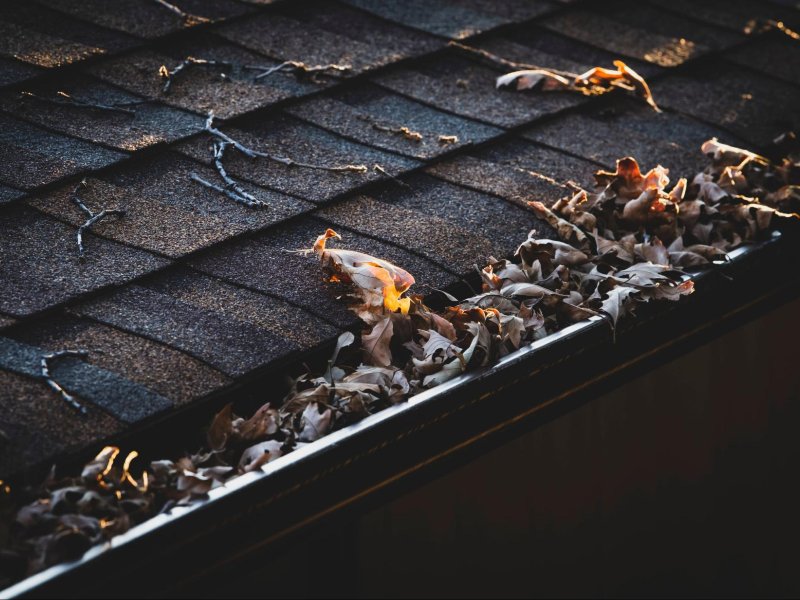Clean and spotless windows can transform the appearance of a home or building, allowing natural light to filter in and providing a clear view of the world outside. Achieving streak-free and crystal-clear windows might seem like a simple task, but it involves a fascinating world of cleaning chemistry.
Understanding the Science of Cleaning
Cleaning is essentially the process of removing dirt, grime, and unwanted substances from a surface. At its core, cleaning involves chemical and physical interactions that break down and remove contaminants. When it comes to windows, the primary contaminants include dust, dirt, grease, minerals, and water spots.
Surface Tension and Window Cleaning
Surface tension plays a significant role in how water interacts with surfaces. Surface tension is the property of a liquid that causes it to form into droplets rather than spread out evenly. When water droplets come into contact with a dirty window, the water forms small droplets that trap dirt particles. This can create streaks and water spots.
To overcome this issue, window cleaning solutions are designed to reduce the surface tension of water. These solutions, often called surfactants, contain molecules with hydrophilic (water-attracting) and hydrophobic (water-repelling) parts. The hydrophilic end allows the solution to mix with water, while the hydrophobic end interacts with dirt and grease, breaking them down into smaller particles.
Detergents and Surfactants
Detergents and surfactants are essential components of window cleaning solutions. They work by lowering the surface tension of water and allowing it to spread evenly across the glass surface. This helps dislodge dirt and contaminants, making them easier to remove.
Common surfactants found in window cleaning solutions include alcohol ethoxylates and alkylphenol ethoxylates. These compounds not only reduce surface tension but also help to emulsify oils and dissolve dirt.
pH Balance and Water Quality
The pH level of water can also impact window cleaning results. Water with a neutral pH (around 7) is ideal for cleaning windows. Highly acidic or alkaline water can leave residues and streaks on the glass.
Additionally, the quality of water used for cleaning matters. Hard water, which contains minerals like calcium and magnesium, can leave mineral deposits on the glass, leading to water spots. Using deionized or distilled water with lower mineral content can help prevent this issue.
Techniques for Spotless Windows
Achieving spotless windows requires not only the right cleaning solutions but also the proper techniques. Here are some essential tips for spotless window cleaning:
Use the Right Tools
Invest in high-quality window cleaning tools, including squeegees, microfiber cloths, and scrubbing brushes. Quality tools make a significant difference in achieving streak-free results.
Work from Top to Bottom
Start cleaning from the top of the window and work your way down. This prevents dirty water from dripping onto the already cleaned lower portions.
Proper Scrubbing
Before using a squeegee, scrub the window with a cleaning solution to loosen dirt and grime. Ensure even coverage, and pay extra attention to corners and edges.
Squeegee Technique
Using a squeegee, start at the top of the window and pull it down in a straight line, wiping the blade between each pass. Overlap each pass slightly to avoid streaks.
Microfiber Finish
After squeegeeing, use a clean, dry microfiber cloth to wipe any remaining moisture and ensure a streak-free finish.
Regular Maintenance
Regular window maintenance can prevent buildup and make cleaning easier. Clean your windows at least twice a year, more often if you live in a dusty or humid environment.
Spotless window cleaning is both an art and a science. Understanding the chemistry behind cleaning agents and the physical properties of water is essential for achieving streak-free and crystal-clear windows. By using the right cleaning solutions, techniques, and tools, you can transform your windows and enjoy the beauty of unobstructed views. Whether you’re cleaning windows at home or professionally, a little knowledge of cleaning chemistry goes a long way in ensuring spotless results.







